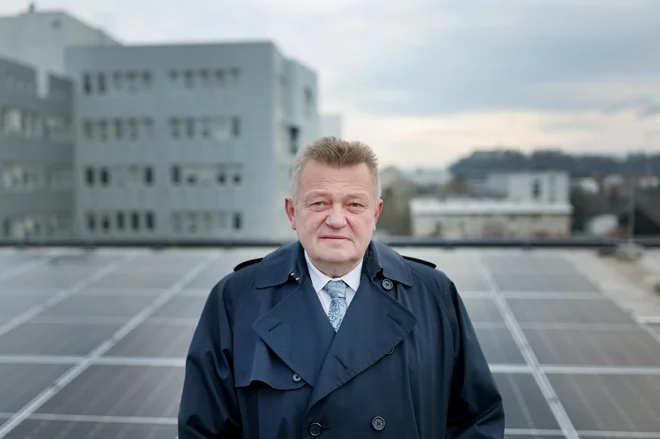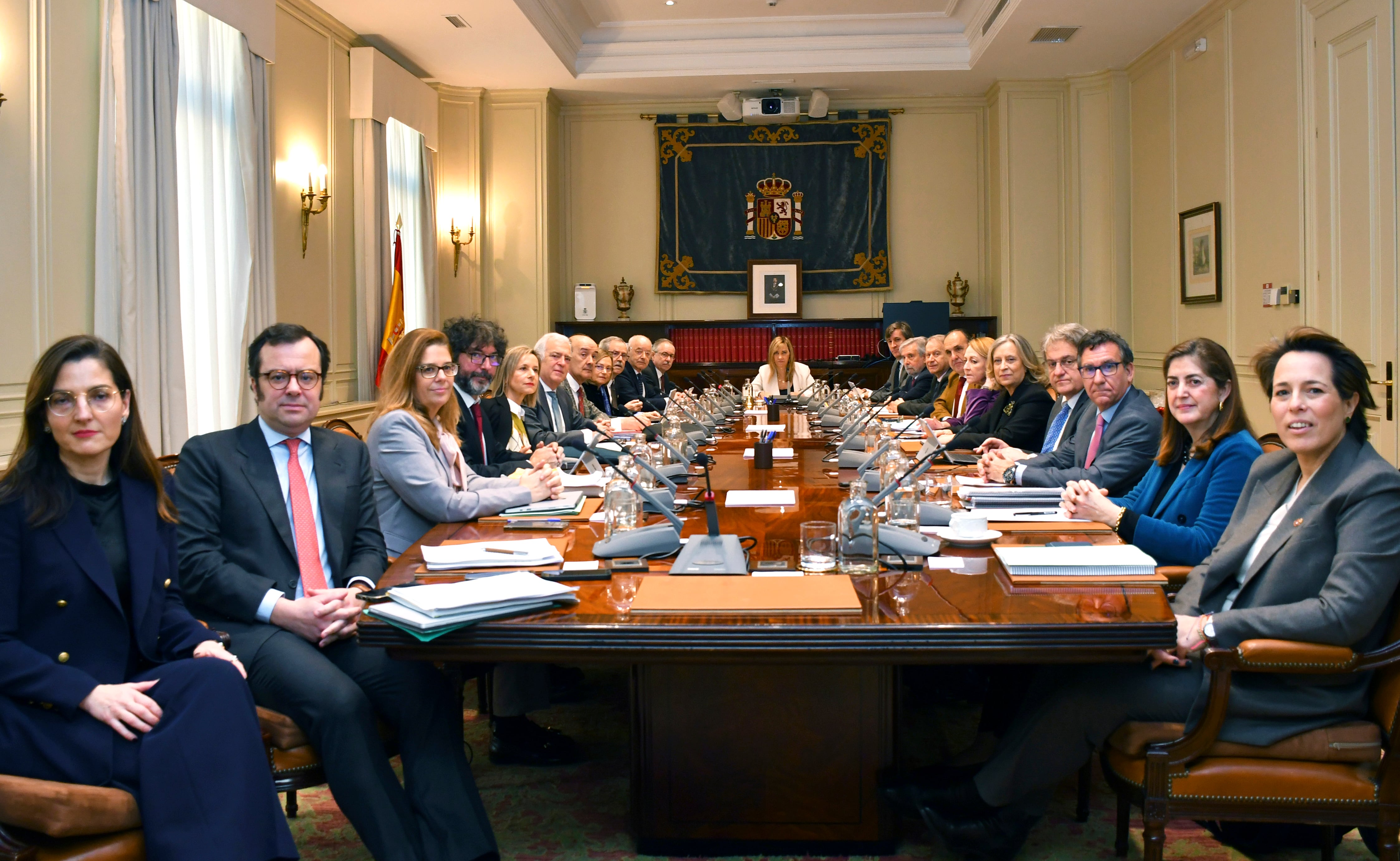Waiting for white smoke: it may come this week, but there are several ‘papabili’
/s3/static.nrc.nl/images/gn4/stripped/data131854158-ef3b16.jpg|https://images.nrc.nl/JMVoSaGUPsspYblge8_vFcwh_q4=/1920x/filters:no_upscale()/s3/static.nrc.nl/images/gn4/stripped/data131854158-ef3b16.jpg|https://images.nrc.nl/PUmKrblrXZShDzbqZ5hCoJLbyhg=/5760x/filters:no_upscale()/s3/static.nrc.nl/images/gn4/stripped/data131854158-ef3b16.jpg)
Although the word ‘conclave’ literally comes from the Latin ‘cum clave‘, or’ with the key ‘, the cardinals are no longer locked up in the Sixtine Chapel. From Wednesday, the chapel painted by Michelangelo in Vatican City is the place where 133 cardinals entitled to vote will come together to choose a successor for Pope Francis, who died on Easter Monday.
1
Who can vote?
Only cardinals younger than eighty. The older cardinals were allowed to participate in the congregations: the preparatory meetings that started one day after Francis’s death in Rome.
2
What course does the conclave choose?
The conclave starts on Wednesday morning with a mass led by Cardinal Giovanni Battista Re, blanket of the Cardinals College. During the funeral of Pope Francis, Re already gave a strikingly committed, ‘political’ sermon. Many audience interpreted this as a clear pass that the cardinals best choose a successor who remains faithful to the social progressive course of Francis. Re is 91 years old and does not participate in the conclave. That is led by State Secretary Pietro Parolin.
Photo Guglielmo Mangiapane/Reuters
Although not all cardinals are looking forward to a second Francis, a real primeval conservative such as the American Trump media Raymond Burke (76) is also not expected. Six out of ten American -entitled cardinals are previously on the line of Francis, who actually broken the influence of the primal conservatives during his pontificate.
3
How often do the cardinals vote?
After the Eucharist on Wednesday morning, a first vote will follow later in the day. The cardinals must reach a two -thirds majority, which amounts to 89 votes (of the 133 cardinals). The first smoke from the chimney of the Sistine Chapel is not expected on Wednesday before 7 p.m.
From day two you can vote four times in one day, twice in the morning and twice in the afternoon. After the first vote, around 10.30 am only smoke comes from the Sixtine Chapel when it is white and therefore a new pope is chosen, or else at noon. Later in the day there can be smoke at half past five, but again only if it is white, or otherwise around 7 pm. White smoke is unlikely on Wednesday after barely one voting round, but a day later it can already be that time. Franciscus was elected in 2013 after five voting rounds, in 2005 Benedict XVI had enough voting rounds. Both conclusions ended after two days.
4
Who are the ‘Papabili’?
The conclave remains extremely unpredictable, but these are some contenders.
Pietro Parolin (70)
The Italian cardinal is State Secretary and number two of the Vatican. He is a somewhat unobtrusive diplomat, who will also lead the conclave, and can reconcile the conservative movement with the more progressive. He enjoys broad fame, which can make his election easier.
Luis Antonio Tagle (67)
The Filipino Cardinal could be the first Pope from Asia. Franciscus placed him in 2019 at the head of the Dicasterie for Evangelization, one of the most powerful departments of the Roman Curie. Tagle was then also chairman of the charitas organization Caritas Internationalis.
In Rome it turned out that Tagle is an excellent communicator but a bad manager. Franciscus fired him at Caritas. Yet Tagle remains a big contender. He comes from Asia, where the Catholic Church grows and blooms. Moreover, he has Chinese roots, an asset for the church seeking rapprochement with China.
/s3/static.nrc.nl/images/gn4/stripped/data131854427-e9e76d.jpg|https://images.nrc.nl/Yyzd17M8VX0rFOieqWBZVXAn4oQ=/1920x/filters:no_upscale()/s3/static.nrc.nl/images/gn4/stripped/data131854427-e9e76d.jpg|https://images.nrc.nl/bS2IjLWeh_yViYODajBfp_IclHE=/5760x/filters:no_upscale()/s3/static.nrc.nl/images/gn4/stripped/data131854427-e9e76d.jpg) Cardinal Pietro Parolin (front right), State Secretary and number two of the Vatican. He is counted among one of the promising candidates.
Cardinal Pietro Parolin (front right), State Secretary and number two of the Vatican. He is counted among one of the promising candidates.
Photo Tiziana Fabi / AFP
Fridolin Ambongo Besungu (65)
The conservative archbishop of the Congolese capital Kinshasa is an influential voice in the Catholic Church in Africa. He belongs to a long tradition of Congolese cardinals with a lot of moral authority, who, regardless of the risks, speak out against abuse and violence, and resolutely the side of the people. Francis appointed him as one of the advisers who assisted him in the reform of the Curie. But when the Pope approved the blessing of couples in ‘irregular situations’ at the end of 2023, Ambongo led African resistance to the opening created by Francis. According to the narrow interpretation of the Africans, the blessing could only hit gay posts, and not also on remarried divorced people, or, even more relevant to Africa, who lives polygamous.
Cristóbal López Romero (72)
The Spaniard is Archbishop of the Moroccan capital Rabat. A choice for Romero means a choice for the inter -religious dialogue and for greater contact with the Muslim world. Romero is also familiar with issues that play strong in the Mediterranean, such as migration.
Matteo Zuppi (69)
The Italian archbishop of Bologna belongs to the Sint-Egidius community that cares about the poor and homeless, and explicitly welcomes LGBTI people in the church. Regarding the approach to abuse in the Italian church, the cardinal, who is also chairman of the Italian bishops’ conference, has made a weak turn. There was no external committee, but everything was investigated inner, with little results. Also striking: Francis appointed him as a peace envoy for Ukraine, apart from Parolin’s state secretariat that is actually involved in Vatican diplomacy.
Péter Erdö (72)
Péter Erdö, the Hungarian archbishop of Esztergom-Budapest, is sometimes seen as the choice of the radical-right Prime Minister Viktor Orbán, a fierce opponent of migration. The reason is that in 2015, when many refugees came to Europe, Erdö said that the church would be guilty of ‘human smuggling’ by helping them. After a conversation with Franciscus, the Hungarian changed vision. Nevertheless, according to the Conservatives in the Church, the Cardinal, an authority for ecclesiastical law, would clearly follow a line other than Francis if he is chosen as Pope, by insisting on traditional rules and doctrine.
Read also
Also read the white smoke in the Vatican seems like a tradition of old times, but how long does it really exist – and how long?

:format(webp)/s3/static.nrc.nl/wp-content/uploads/2025/05/06154852/data131842527-0933ba.jpg)
:format(webp)/s3/static.nrc.nl/bvhw/files/2025/05/data131854134-e5a38b.jpg)
:format(webp)/s3/static.nrc.nl/wp-content/uploads/2025/05/02103258/data131580573-e9bfd0.jpg)
/s3/static.nrc.nl/images/gn4/stripped/data131844191-7781f3.jpg)




